
Wigwam Tipi
Wigwams were also usually oval or rectangular in shape, while tipis were more cone-shaped. Wigwams could be used for both long-term and short-term occupancy, but tipis were typically only used for short-term stays. Wigwams were also built by different tribes in different parts of the country, while tipis were primarily used by Plains Indians.

teepee,wigwam ASL YouTube
Wigwam vs. Teepee At first glance, some people may not see too many differences between these two kinds of Native American dwellings. However, a wikiup and a tipi , or teepee , were traditionally.

The Virtual Museum of Métis History and Culture
Teepee vs. Wigwam: Materials Used. When it comes to the materials used in the construction of teepees and wigwams, there are also some notable differences. Teepees were usually constructed using wooden poles and animal skins or cloth. The poles were usually made from tree branches that were stripped of their bark. The animal skins or cloth used.

Interieur+DIY Wigwam of Tipi in de kinderkamer trend • Stijlvol
7. In contrast, the wigwam is a more permanent structure. Unlike the pointed top of a teepee, wigwams have a rounded, dome-like shape. They were constructed using a frame of bent poles, covered with woven mats or bark, particularly birch bark. The wigwam was mainly used by the tribes of the Eastern Woodlands.
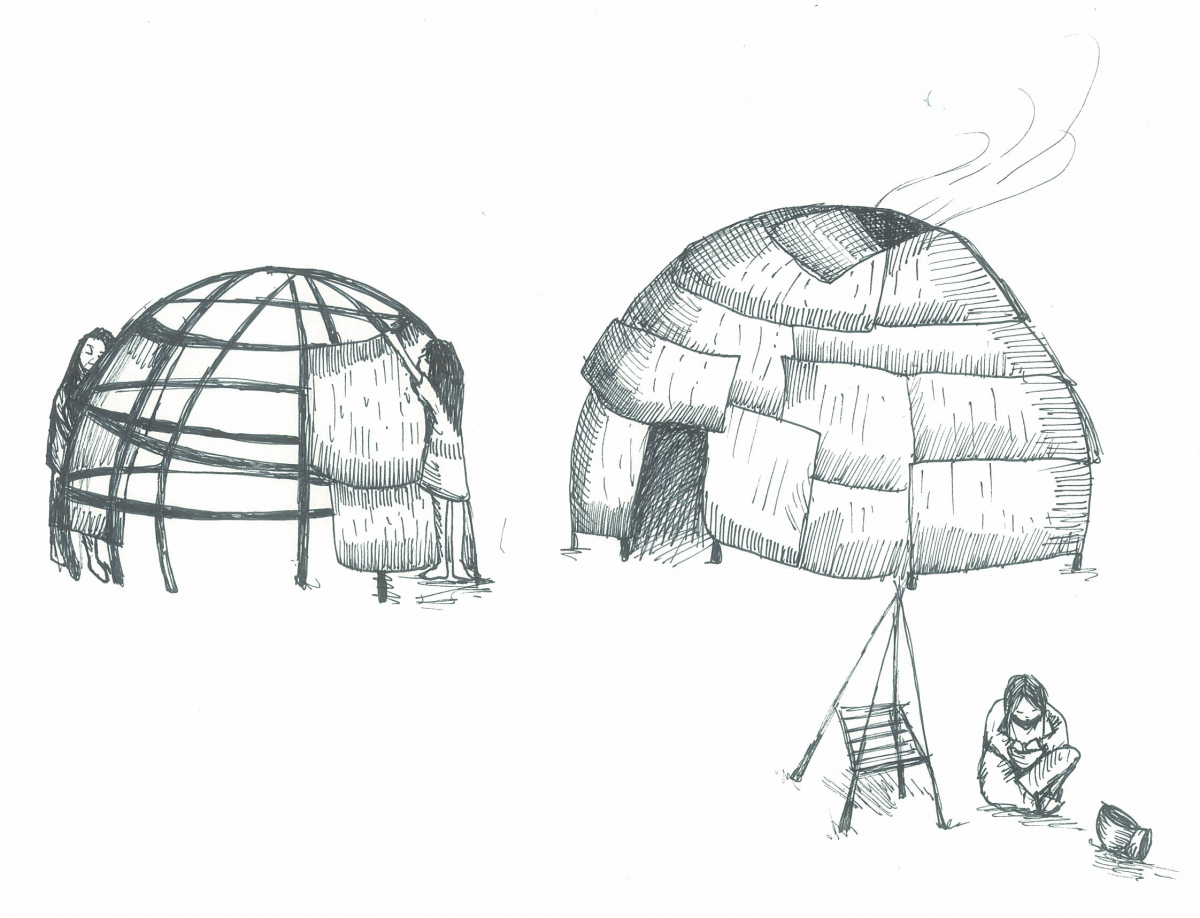
Tipi ou wigwam?
The Northeastern wigwam's curved surface allows it to protect against the worst weather conditions. Tipi/Teepee Tipi is used by Native Americans living in the Great Plains. They are dwellings used by nomadic tribes or by sedentary tribes which are hunting. These dwellings are temporary dwellings as compared to the wigwam.
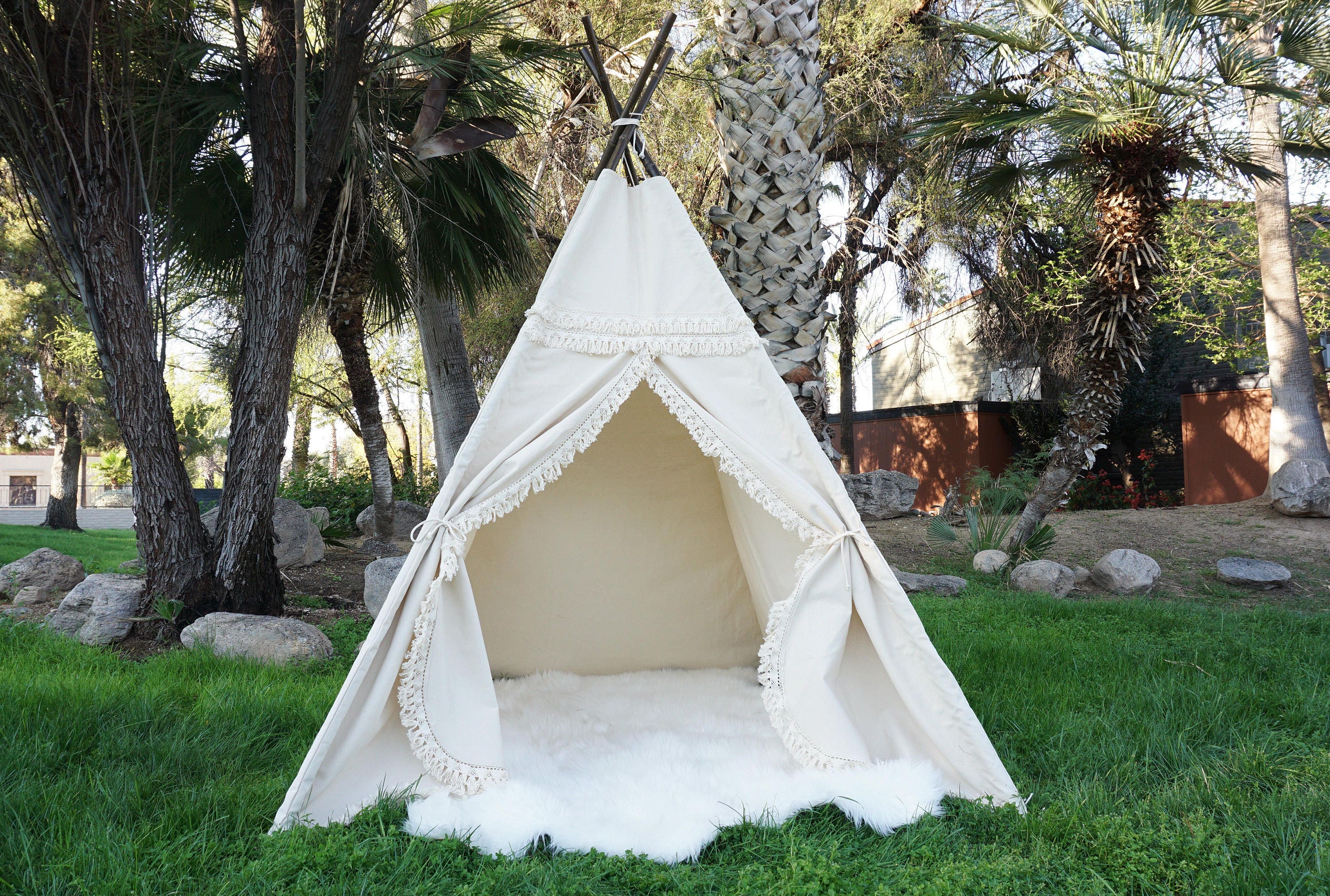
XL/XXL Boho teepee, 8ft pole kids Teepee, large tipi, Play tent, wigwam
Difference between Teepee and Wigwam What is the difference between Teepee and Wigwam? Teepee as a noun is a cone-shaped tent traditionally used by many native peoples of the great plains of north america. while Wigwam as a noun is a native american dwelling having an arched framework overlaid with bark, hides, or mats.

wigwam, tepee, tipi, teepee, native american, american, history, indian
A tipi is a conical shaped tent that is made with wooden poles and covered with animal skins or hides. The word "tipi" actually comes from the Lakota word "thipi", which means "house" or "dwelling" . A wigwam, on the other hand, is a dome-shaped structure that is made with bent saplings and covered with birch bark or rush mats.
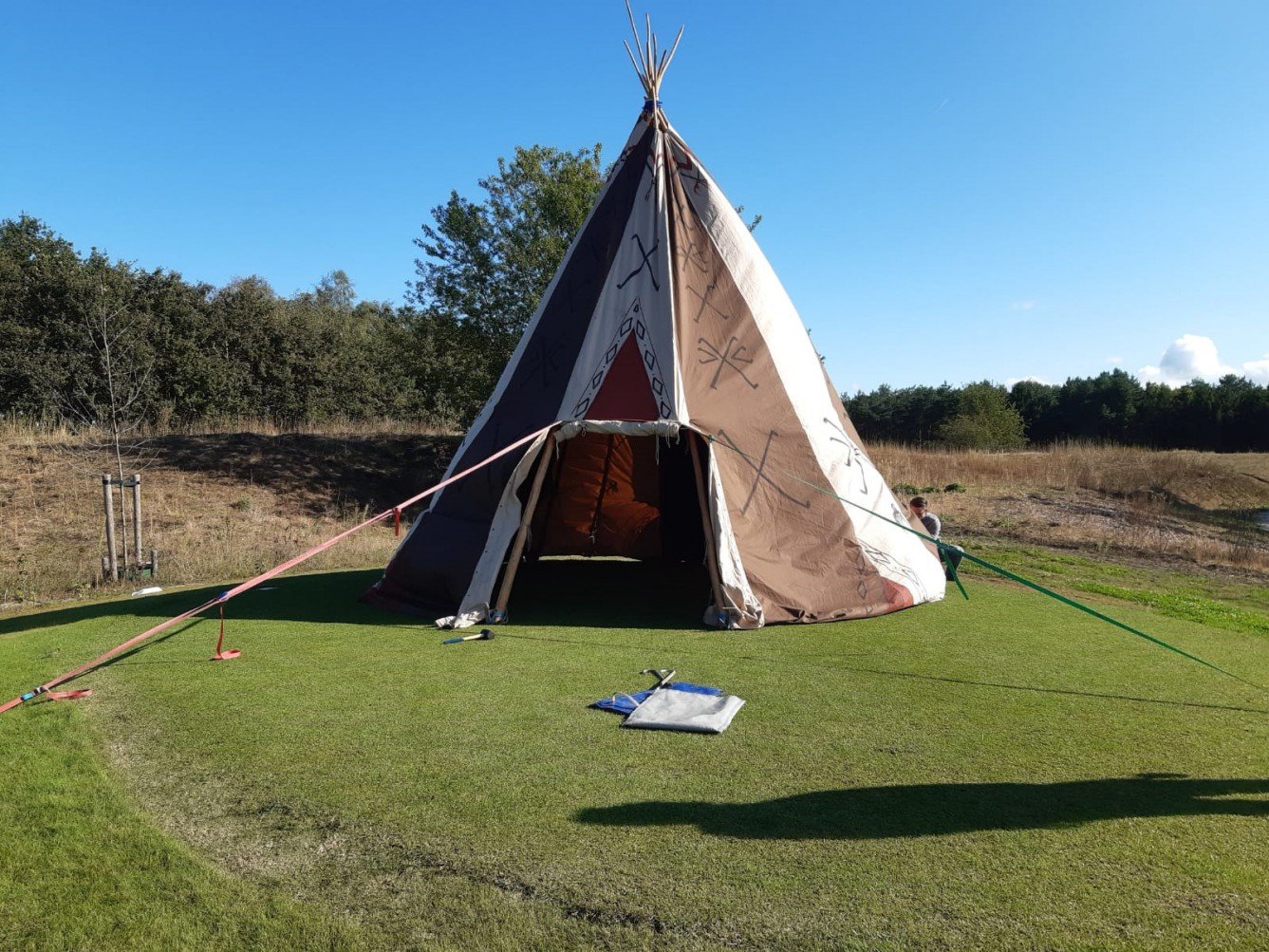
Wigwam Tipi
The curved surfaces of the wigwam made them an ideal shelter in many different types of climates and even the worst of weather conditions. To build a wigwam, Native Americans normally started with a frame of arched poles that were usually made of wood. Male tribe members were responsible for creating the wigwam frame. They would need to find.
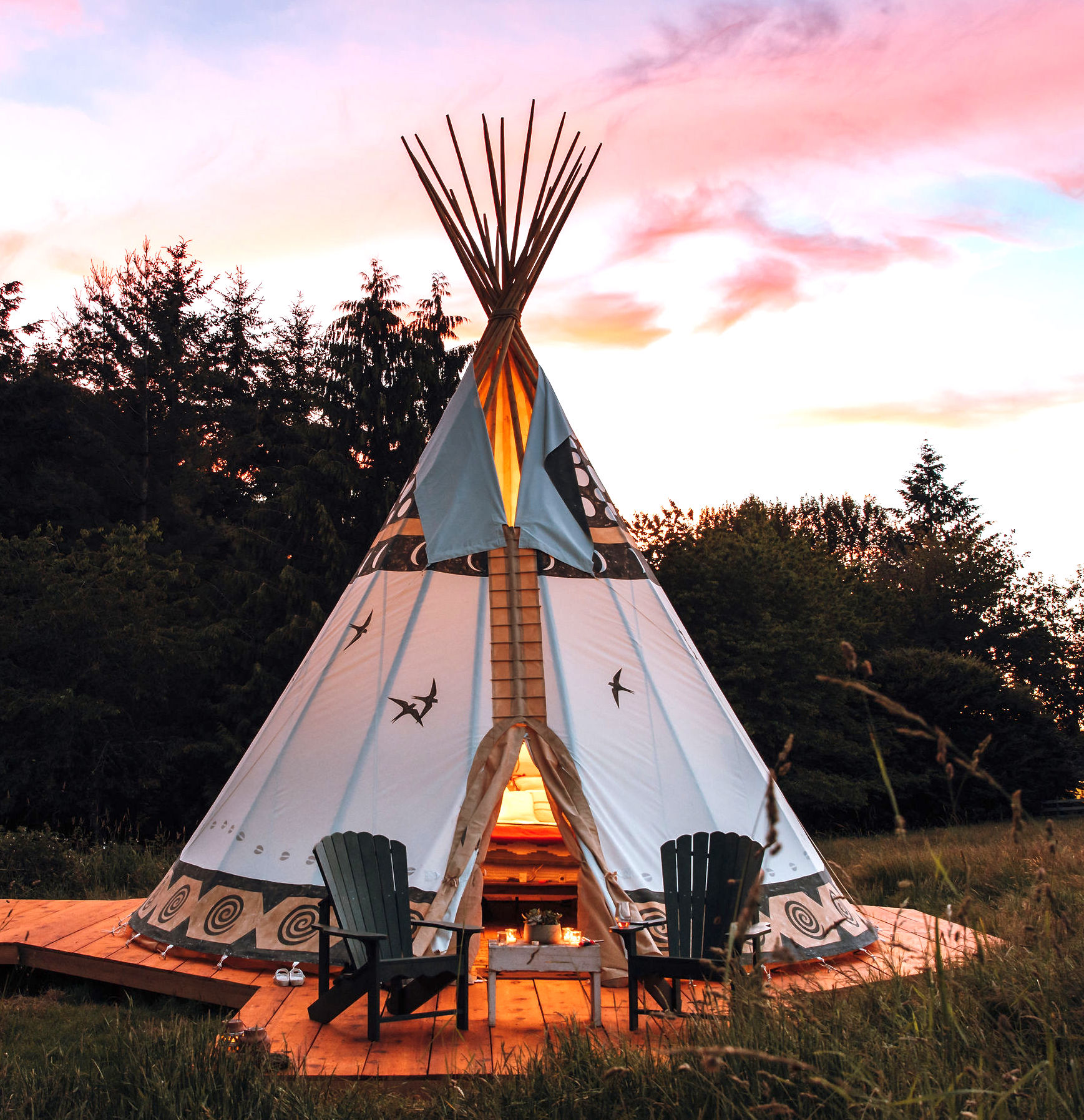
Mts Complete Tepee ubicaciondepersonas.cdmx.gob.mx
Main Difference. The main difference between Teepee and Wigwam is that the Teepee is a type of Native American tent and Wigwam is a a type of tent or dwelling used by Native Americans. A tipi (also tepee or teepee) is a cone-shaped tent, traditionally made of animal skins upon wooden poles. A tipi is distinguished from other conical tents by.

Wigwam Tepee Tipi Free photo on Pixabay
As nouns the difference between wigwam and teepee is that wigwam is a dwelling having an arched framework overlaid with bark, hides, or mats, used by Native Americans in the northeastern United States while teepee is a cone-shaped tent traditionally used by many native peoples of the Great Plains of North America. As a verb teepee is alternative form of nodot=yes lang=en to cover with toilet.

What Are the Main Differences Between a Wigwam and a Tepee? Native
An Oglala Lakota tipi, 1891. A tipi or tepee (/ ˈ t iː p iː / " TEE-pee") is a conical lodge tent that is distinguished from other conical tents by the smoke flaps at the top of the structure, and historically made of animal hides or pelts or, in more recent generations, of canvas stretched on a framework of wooden poles.The loanword came into English usage from the Dakota language and.

Ø 3 m 10,2 ft Tipi Indian tent tepee Wigwam Larp Yurt Reenactment
Wigwams (or wetus) are Native American houses used by Algonquian Indians in the woodland regions. Wigwam is the word for "house" in the Abenaki tribe, and wetu is the word for "house" in the Wampanoag tribe. Sometimes they are also known as birchbark houses. Wigwams are small houses, usually 8-10 feet tall.

Teepee or wigwam stock image. Image of ethnic, circle 5739317
Teepee is a cone-shaped tent traditionally used by nomadic Plains Native Americans, while wigwam is a dome-shaped, semi-permanent dwelling used by various Native American tribes. Key Differences The construction of a teepee involves animal hides (historically buffalo) stretched over a pole frame, ideal for quick assembly and mobility.
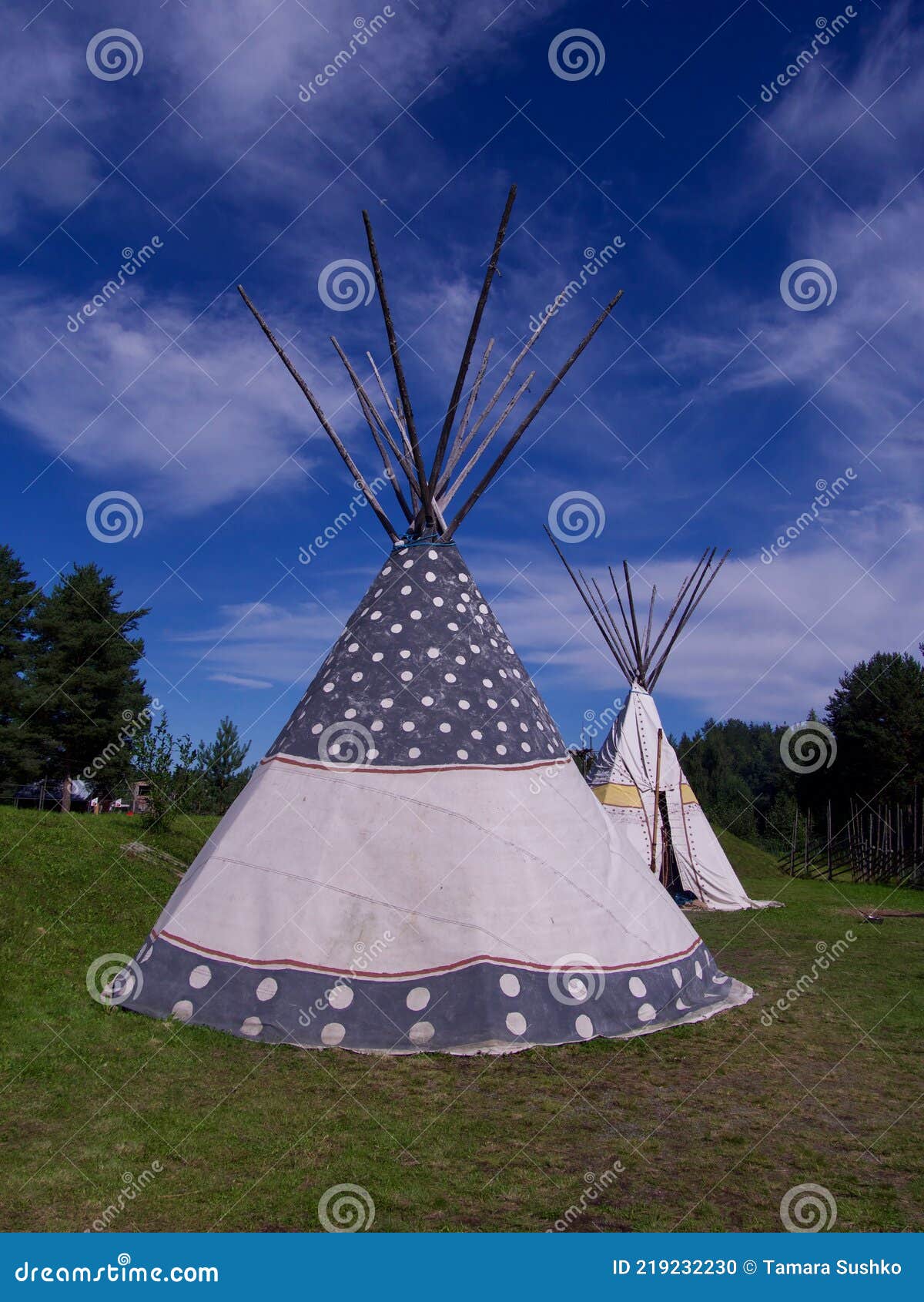
American Indian Teepee, Tipi or Wigwam, a Modern Version Made in Canvas
teepee. [ tee-pee ] show ipa. noun. a tent of the American Indians, made usually from animal skins laid on a conical frame of long poles and having an opening at the top for ventilation and a flap door. Compare More Words.
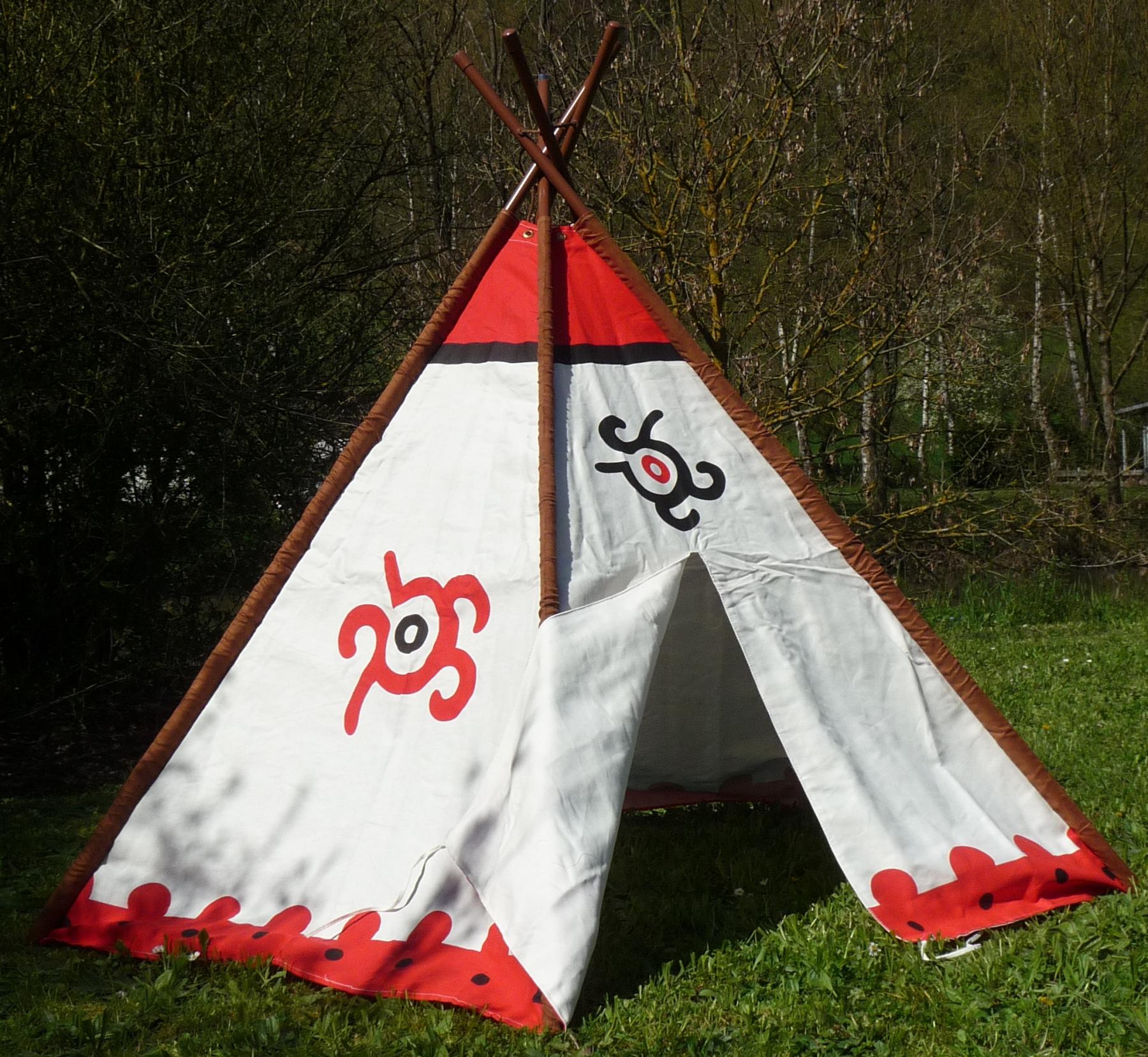
Tipi Wigwam Indianerzelt mit AluminiumStangen 183 x 137cm "Top
The frame of the tipi was draped with a sewn cover of bison skins arranged over as many as 20 poles. Stones often held the edges of the skin covers to the ground. The tipi averaged 5-6 m in height, with the entrance commonly facing east because this was the direction of the rising sun and was opposite the prevailing wind.
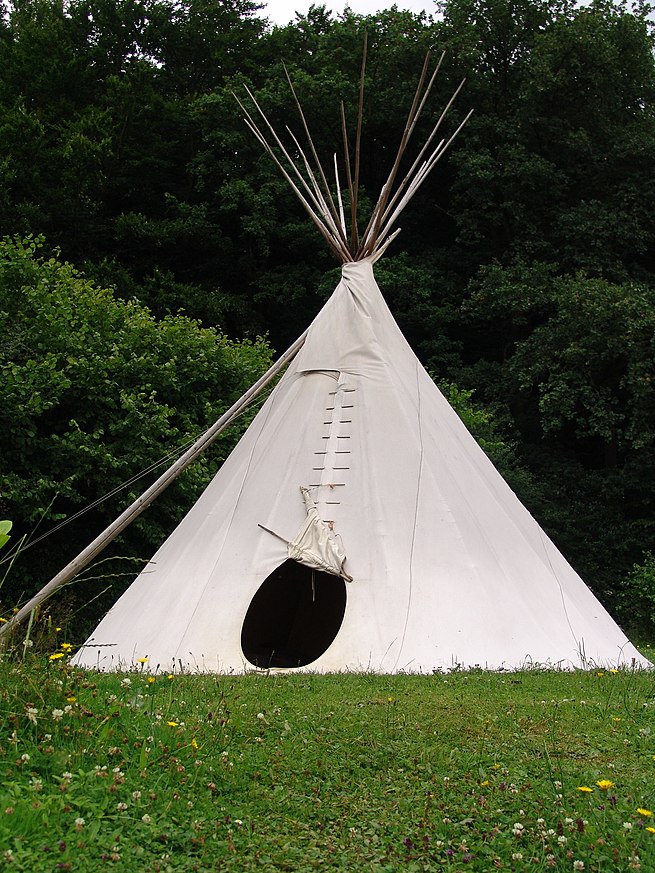
Teepee vs. Wigwam What's the Difference? Main Difference
A wigwam, wickiup, wetu. Both the teepee and the oval-shaped house were used when I was a boy. The oval hut was covered with hide and was the best house. The more well-to-do had this kind. The teepee type was just made of brush. It had a place for a fire in the center. It was just thrown together.